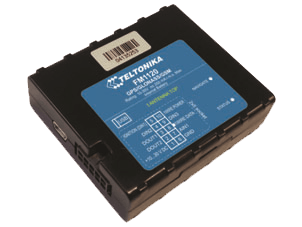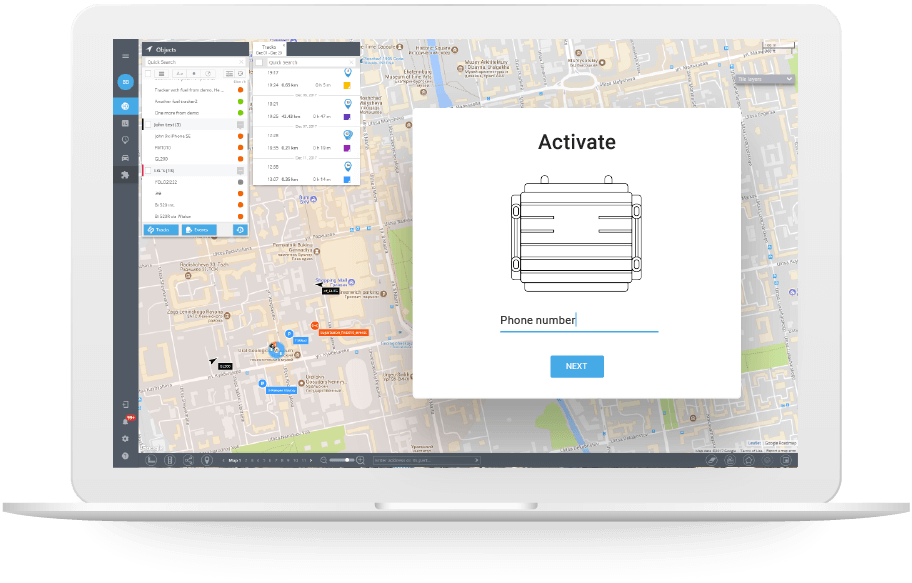Teltonika FM1120
Mais de Teltonika Telematics
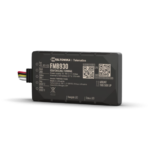
Teltonika FMB930
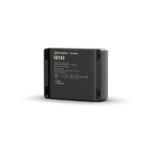
Teltonika TAT140
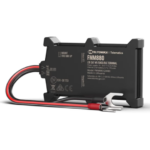
Teltonika FMM880
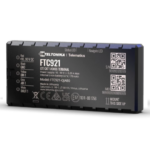
Teltonika FTC921
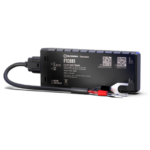
Teltonika FTC881
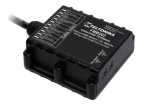
Teltonika FMB202
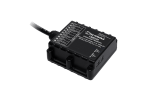
Teltonika FMB204
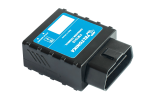
Teltonika FM1000
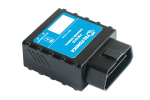
Teltonika FM1000ST
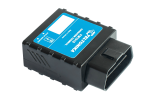
Teltonika FM1010
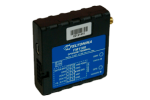
Teltonika FM1100
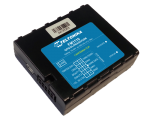
Teltonika FM1110
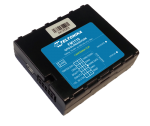
Teltonika FM1110 (FW 12.XX)
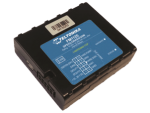
Teltonika FM1120
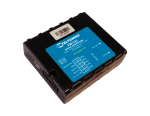
Teltonika FM1121
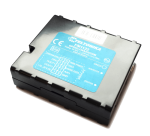
Teltonika FM1122
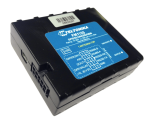
Teltonika FM1125
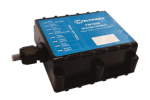
Teltonika FM1200
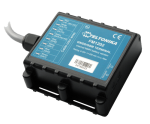
Teltonika FM1202
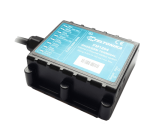
Teltonika FM1204
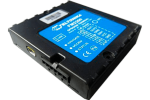
Teltonika FM2200

Teltonika FM3001
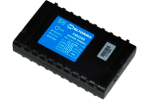
Teltonika FM3200

Teltonika FM3300
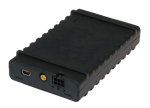
Teltonika FM3400
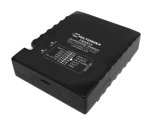
Teltonika FM3612
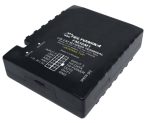
Teltonika FM36M1
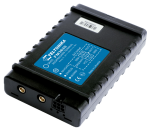
Teltonika FM3620 C1
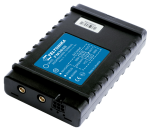
Teltonika FM3620 C2
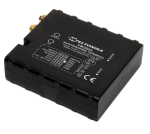
Teltonika FM3622
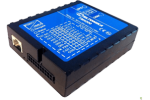
Teltonika FM4100
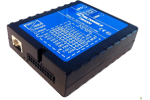
Teltonika FM4200
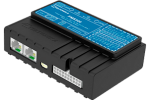
Teltonika FM5300
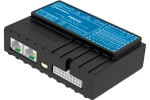
Teltonika FM5500
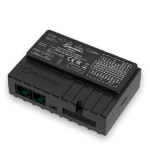
Teltonika FM6300
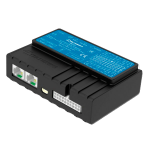
Teltonika FM6320
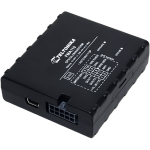
Teltonika FMA110
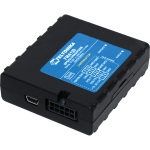
Teltonika FMA120
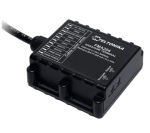
Teltonika FMA202
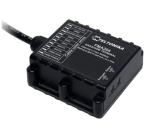
Teltonika FMA204
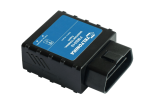
Teltonika FMB001
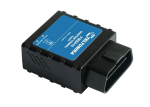
Teltonika FMB010
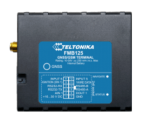
Teltonika FMB125
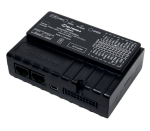
Teltonika FMB630
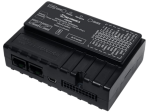
Teltonika FMB640
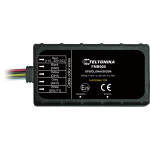
Teltonika FMB900
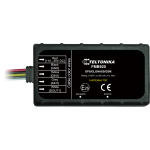
Teltonika FMB920

Teltonika FMT100
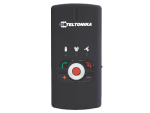
Teltonika GH3000

Teltonika GH4000

Teltonika MTB100
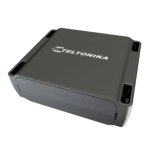
Teltonika TAT100
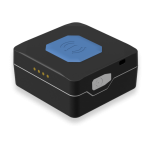
Teltonika TMT250

Teltonika TST100
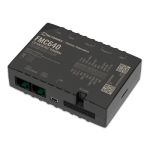
Teltonika FMC640
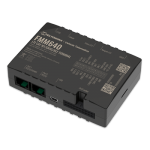
Teltonika FMM640

Teltonika FMU130
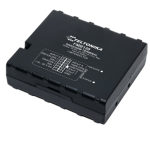
Teltonika FMB120
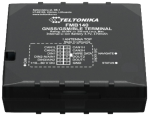
Teltonika FMB140
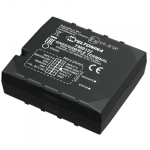
Teltonika FMB122
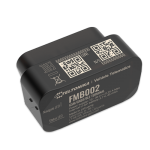
Teltonika FMB002
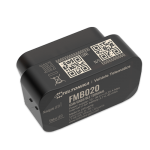
Teltonika FMB020
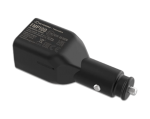
Teltonika FMP100

Teltonika FMC125
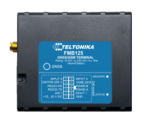
Teltonika FMM125
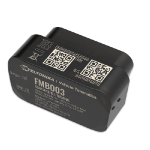
Teltonika FMB003
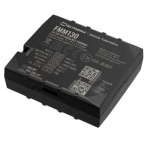
Teltonika FMM130

Teltonika GH5200
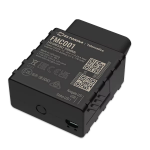
Teltonika FMC001
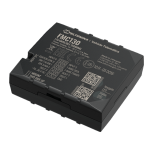
Teltonika FMC130
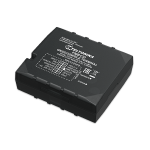
Teltonika FMB130
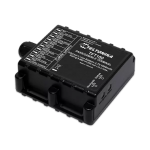
Teltonika TFT100
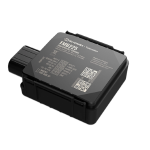
Teltonika FMB225
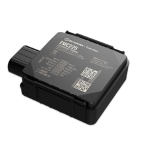
Teltonika FMC225
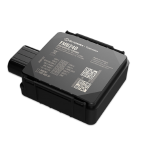
Teltonika FMB240
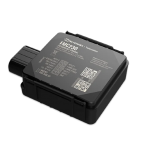
Teltonika FMC230
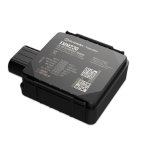
Teltonika FMM230
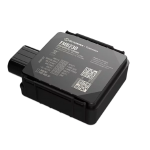
Teltonika FMB230
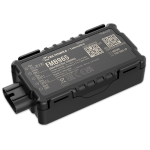
Teltonika FMB965
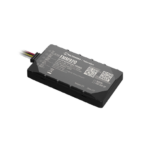
Teltonika FMM920
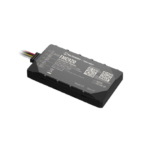
Teltonika FMC920
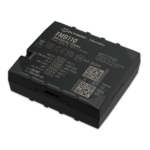
Teltonika FMB110
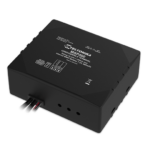
Teltonika MSP500
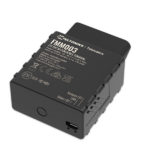
Teltonika FMM003
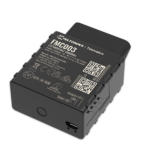
Teltonika FMC003
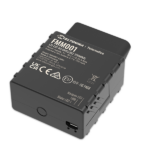
Teltonika FMM001
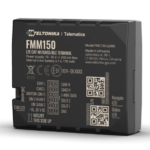
Teltonika Telematics FMM150
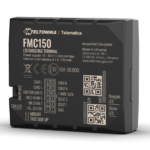
Teltonika Telematics FMC150
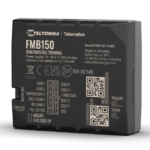
Teltonika Telematics FMB150
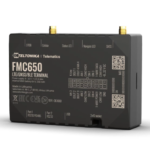
Teltonika FMC650
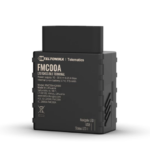
Teltonika FMC00A
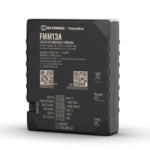
Teltonika FMM13A
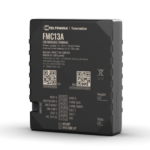
Teltonika FMC13A
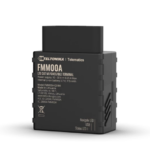
Teltonika FMM00A
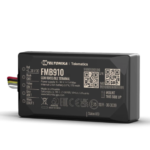
Teltonika FMB910
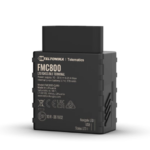
Teltonika FMC800
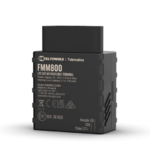
Teltonika FMM800

Teltonika FMM80A
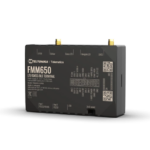
Teltonika FMM650

Teltonika FMB930

Teltonika TAT140

Teltonika FMM880

Teltonika FTC921

Teltonika FTC881

Teltonika FMB202

Teltonika FMB204

Teltonika FM1000

Teltonika FM1000ST

Teltonika FM1010
Teltonika FM1120 is marketed by the manufacturer as light real-time tracking terminal. It works with GPS and GLONASS systems and it is able to connect to GSM networks. It can be used for the work's optimization of fleet management also transport companies as well as for personal needs.
This GPS tracker has an internal GSM and GPS/GLONASS antennas and is able to catch not the strongest signals. Also, FM1120 has a smart power consumption system that can extend the life of the built-in battery in deep sleep mode.
It is operating in different roaming networks and due to a smart algorithm of GPRS connections help to save the traffic.
Package contents
Package content depends on order code, and can be customized by customer needs.
The standard package contains:
- Input and output power supply cable with a 2×5 connection pins
- USB cable
- A card containing URL to download FM1120 device drivers and Configurator software
- Integrated 170mAh Li-ion rechargeable battery
Location and tracking
FM1120 model is embedded with GPS chip and also it has the support of GLONASS. It doesn’t support Assisted GPS (A-GPS) technology. As the back-up, when no satellites signals are available, it uses Cell ID location (also known as LBS-tracking).
The tracking mode is flexible configured: by moving every 100m, and every 60 sec, and on turning on 30 degrees by default. When there is no movement (detected by “Ignition” status), tracker sends data every 180 seconds.
Mobile networks
FM1120 has a quad-band GSM 2G module, so it can be operated all over the world.
Interfaces
FM1120 model features such interfaces as
- 1 Digital Input Reserved for Ignition Status Monitoring
- 2 Digital Inputs
- 1 Analog Input (10V or 30V range)
- 2 Digital Open-collector Outputs (connecting external relays, LED, buzzers etc.)
- 1-Wire® temperature sensor
- 1-Wire® iButton
- Motion sensor
- USB Port
Power supply
FM1120 uses and voltage range 10-30V, which makes possible to install it both on cars and trucks. Device also features an optional built-in rechargeable backup battery. When fully charged it ensures about 1 hour of device operation (in normal conditions).
“Ignition” status
There is a virtual “Ignition” flag in FM1120 which is determined by either:
- External power voltage – when the power level falls below a certain configured level (by default 13V), the “Ignition” is considered to be OFF, otherwise – ON.
- Digital Input #1 – if there is positive signal on DIN #1 of the socket, the “Ignition” flag is ON.
- Acceleration sensor – when the built-in accelerometer detects movement, the “Ignition” flag is ON.
“Stop/Movement” mode
Teltonika FM1120 determines whether vehicle is on move or stopped by one of three methods (configurable by user):
| Method | Moving | Stopped |
| by Board Voltage | If board voltage exceeds certain level (configurable, 13V by default) | If board voltage is lower than a certain level |
| by Acceleration | Internal accelerometer detects movement | Internal accelerometer does not detect movement |
| by GNSS | GNSS is fixed and speed is above 5 km/h | GNSS is fixed and speed is below 5 km/h or GNSS is not fixed |
Two sleep modes
FM1120 is able to go to Sleep mode after configurable Sleep timeout. This timeout (defined period) starts counting when device is in STOP mode. After timeout is reached and all conditions for sleep mode are met, device goes to normal sleep or deep sleep mode:
- Normal sleep mode. While in normal sleep mode, FM1120 turns GNSS module OFF, but keeps GSM module ON. The device is not making any new periodic GPS records, just monitoring the events with the last known coordinates and sends them to tracking server. As a result power consumption decreases allowing saving vehicle’s battery (below 2 mA).
FM1120 exists normal sleep mode when “Movement” mode detected or “Ignition” switches on.
- Deep sleep mode. While in deep sleep mode, FM1120 sets both GNSS receiver and GSM/GPRS module to OFF state, thus making impossible to wake up the device remotely. Battery consumption drops below 2 mA.
FM1120 exits deep sleep mode if at least one of following conditions is true:
- “Movement” mode is detected
- “Ignition” is turned on
- USB cable is connected
Harsh driving behaviour
FM1120 features “Green Driving Scenario” that helps to inspect driver about harsh driving. Scenario continuously monitors: accelerating force, braking force and cornering angles. When these parameters exceed configured thresholds, Green Driving event is generated and sent to server
To prevent generating false events, harsh acceleration and harsh braking is monitored only when following conditions are fulfilled:
- “Ignition” flag (see above) is turned on
- Vehicle speed is equal or higher than 10 km/h
Harsh cornering is monitored only when following conditions are fulfilled:
- “Ignition” flag (see above) is turned on
- Vehicle speed is equal or higher than 30km/h
Local and remote management
Teltonika FM1120 tracker can’t be controlled over GPRS, though it supports firmware updating via GPRS (FOTA). However, there is a wide list of SMS commands in a ASCII format, on which device always replies back. In particular, Server address and port, APN settings can be applied remotely with SMS. To decrease the amount of SMS required for configuration SMS in binary format can be also used.
You can also configure FM1120 from a PC using proprietary software (Teltonika Configurator) and standard USB-cable which is included into package.
LED Indication
FM1120 has two status LEDs:
- Status LED: indicates GSM/GPRS mode
- Navigate LED: indicates GPS reception
Conexão do servidor
| Servidor da UE | tracker.navixy.com (52.57.1.136) |
| Servidor dos EUA | tracker.us.navixy.com (13.52.37.2) |
| Porta do servidor | 47776 |
| Auto cadastro | Sim |
Informação geral
| Propósito | Veículo |
| Peso | 80 g (2.82 oz.) |
Conectividade
| Status do roaming | Sim |
| Nível do sinal | Sim |
| ID do operador | Sim |
Informações de localização
| Nível de sinal GNSS | Sim |
| LBS | Sim |
| Localização forçada pelo GNSS em preferência ao GPRS | Sim |
| Localização GNSS forçada em preferência ao SMS | Sim |
Caracteristicas
| Controle remoto das saídas | Sim |
| Hodômetro | Sim |
| Acelerômetro | Sim |
| Leitura de ID do motorista | Sim |
Controles extras do Navixy
Fonte da ignição Movimento não autorizado Parâmetros de condução áspera |
Interfaces
| Entradas digitais | 3 |
| Número de saídas | 2 |
| Sensor analógico | Sim |
Campos de entrada
AVL IO: #1-100000 CAN: Acelerador CAN: Carga do motor CAN: Combustível (Litros) CAN: Combustível: #1 CAN: Consumo de combustível CAN: Consumo total de combustível CAN: Horas do motor relativas CAN: Horas do motor CAN: Quilometragem relativo CAN: Quilometragem CAN: RPM CAN: Taxa do combustível instantâneo CAN: Temperatura do motor CAN: Velocidade Quilometragem Sensor analógico: #1 Temperatura externa: #1-3 Voltagem da cartão |
Campos de status
CAN: Bolsa de Ar CAN: Capuz CAN: Cinto de segurança do motorista CAN: Cinto de segurança do passageiro CAN: O freio de mão está ativado CAN: Porta-malas CAN: Porta Chave de hardware Código do evento OBD: Erros OBD: Estado do MIL (verificar motor) |
Monitoramento de eventos
Alteração de estado de tarefa Bateria fraca Condução excessiva Condução áspera Corte de energia externa Desvio da rota Deteção de estado de estacionamento Distância entre objetos Entrada ou saída da área demarcada Entradas provocando Excesso de tempo estacionado Invasão da geofence criada automaticamente Motor em marcha lenta excessiva Mudança de motorista Mudança de nível de combustível Parâmetro no intervalo Porta aberta em modo de alarme Pressionar o botão SOS Relatório de localização sob demanda Saídas de acionamento Tracker desligado ou conexão perdida Valor do campo de Estado Velocidade excessiva (relacionado ao hardware) Velocidade superior Verifique o motor (MIL) |
